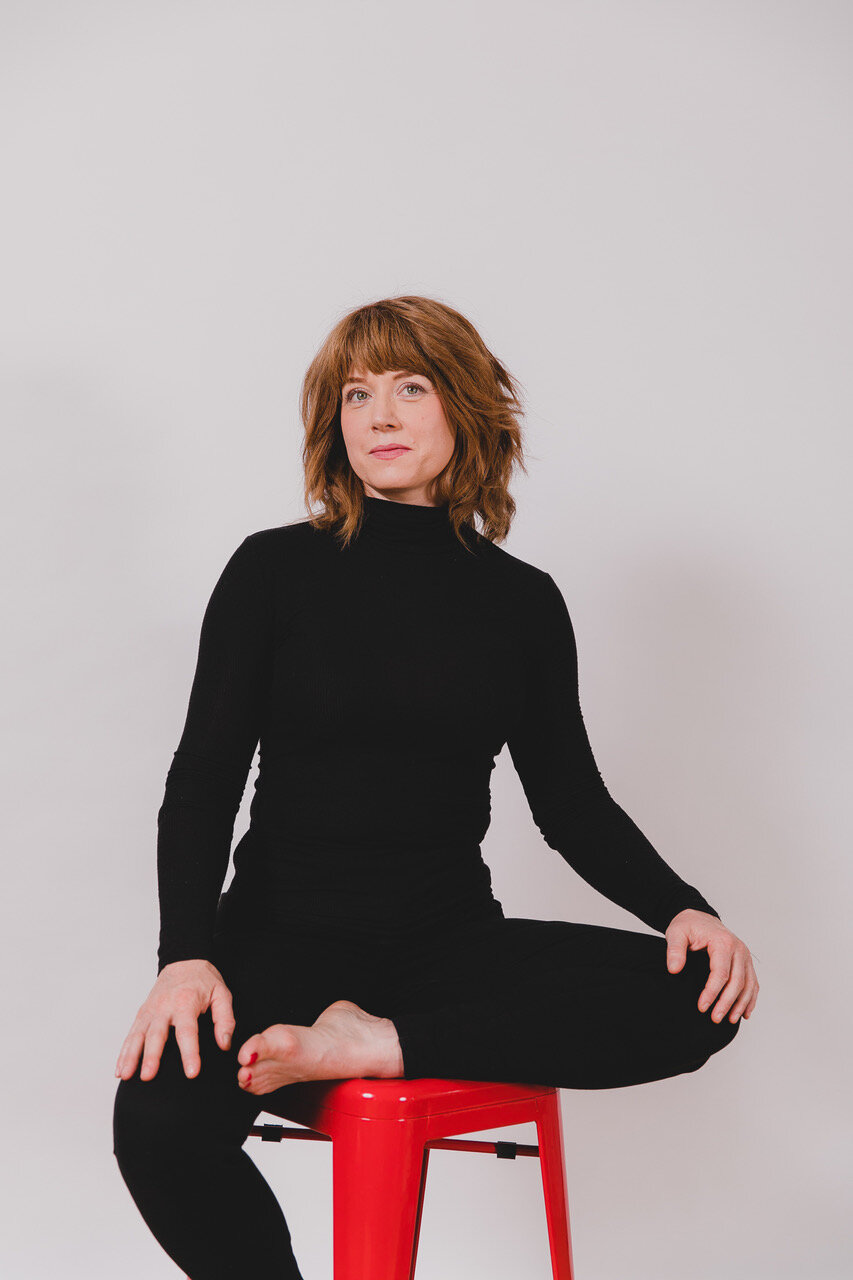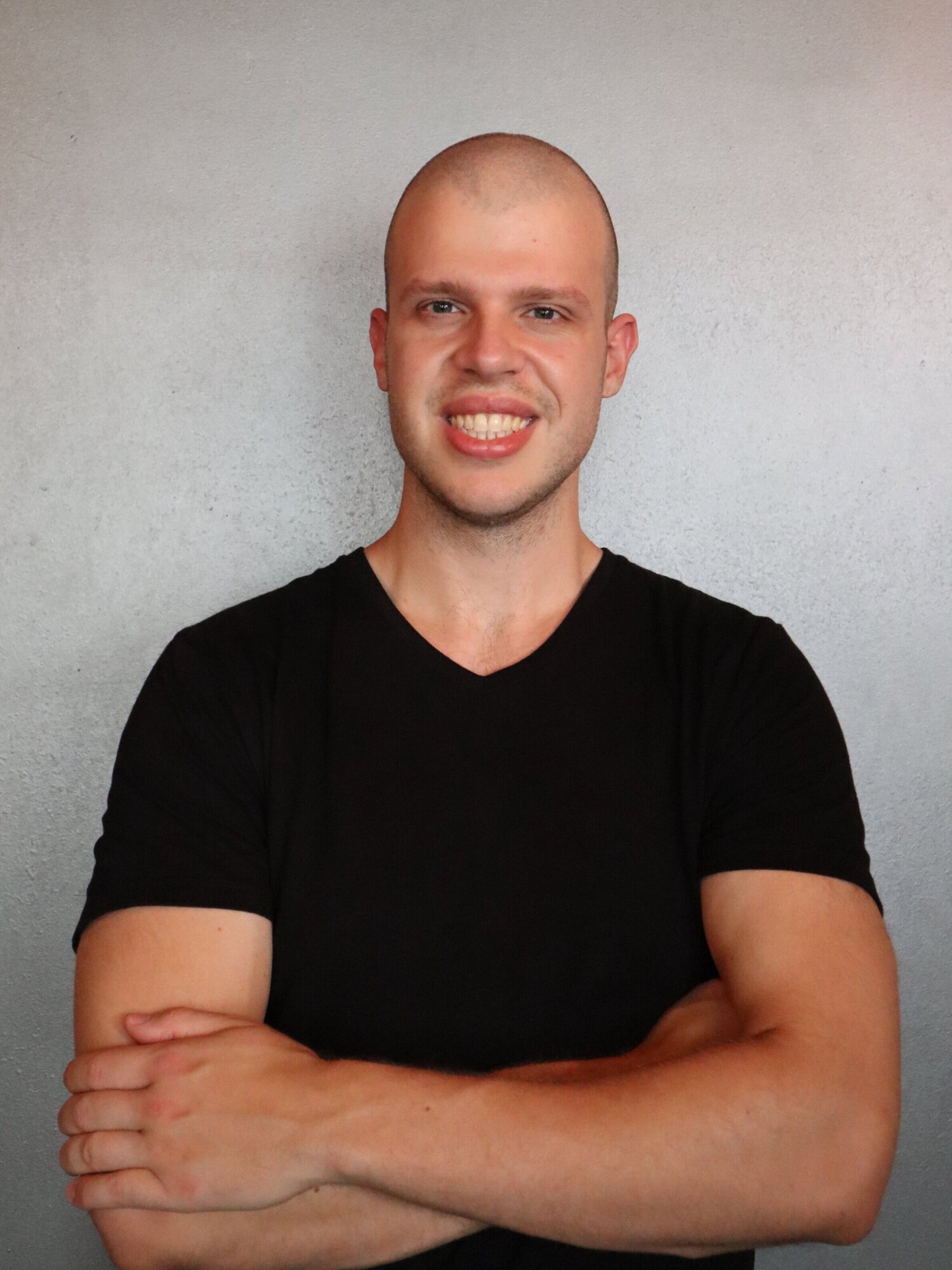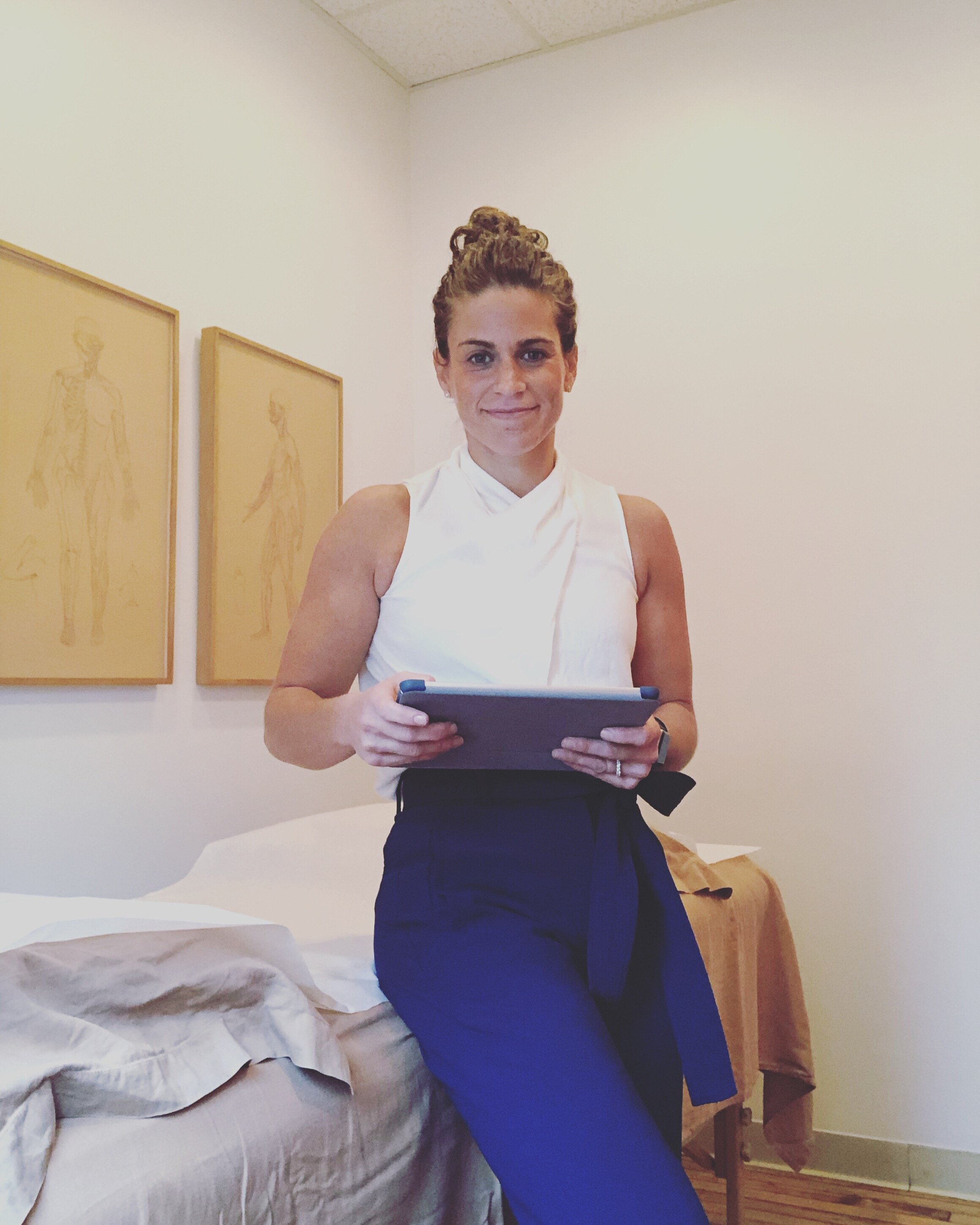#AskTheExperts – Recovery and Bodywork

Last year, I introduced a new column on the blog: #AskTheExperts. Our first article spoke about nutrition and how fueling your body can help you achieve your goals (click here!). In the spirit of new beginnings and routines, I polled our Facebook Live Learn Lovewell group to see what questions you have about bodywork and recovery. Below are some of your amazing questions answered by my knowledgeable friends: Jessa Zinn is an alignment and fascia extraordinaire who specializes in helping people move better at her practice, The Fascia Lab; Joe Turcic, PT, DPT, CMPT is co-owner of The PhysioLab NYC and has a long history in the fitness industry as a physical therapist; Molly Forsyth, DACM, L.Ac. is a fantastic expert on acupuncture and Chinese medicine leading 8 Point Wellness in NYC. I give my take on these questions as well from a wellness+fitness professional perspective.
Check out Jessa, Joe, and Molly and their full bios below! Like most health advice, the information is helpful but general, and any changes to your recovery/wellness should be adjusted to your needs. The answers below offer a guideline and can supplement knowledge about your body and needs.
Ask the Experts: Recovery and Bodywork
What’s a frozen shoulder, and how can you get around it?
[Jessa]: A frozen shoulder is increasing sitffness and pain in the shoulder joint that limits movement. Essentially, it’s thickening of connective tissue around the joint capsule. For loosening, I like a 3-part approach: fascia release by an expert or self-fascia therapy using balls and a foam roller; stretching; and strength work focusing on the rotator cuff
[Joe]: There are various factors that can make you more susceptible to developing a frozen shoulder. Neck stiffness can also accompany shoulder pain. But they have one thing in common: immobility. If you don’t use it, you lose it. Movement is the solution, so make sure you have good scapular mobility, good posture, good thoracic spine mobility. One tip: reach up overhead every single day!
How do you deal with piriformis syndrome? Sciatica?
[Joe]: Sciatica may be a symptom stemming from an irritated nerve root in the lumbar spine due to a disc injury or compression on the sciatic nerve by the piriformis muscle itself. A program consisting of manual therapy and appropriate exercises can provide relief of symptoms. Exercises you can do at home include lumbar stability (core), neurodynamics, and thoracic spine mobility.
[Molly]: Piriformis syndrome comes from imbalances from one side to the other (or anterior/posterior). The key players include posture and ankle+hip alignment. Piriformis syndrome is usually treatable with a few acupuncture sessions.
Why do tight hips and lower back pain radiate down your legs?
[Jessa]: Everything is connected. If something is tight, it pulls elsewhere. Radiating pain indicates nerve impingement, so you always want to check with your doctor if it’s structural tightness or lumbar spine issues. Generally, if the pain goes all the way down to the foot, it is sciatica meaning stemming from nerve impingement in the low back and needs to be checked out.
[Molly]: The sciatic nerve is the longest and widest nerve in the body. Part of the urinary bladder meridian in Chinese Medicine follows a very similar path, so we often look for this meridian’s involvement in the healing process. Alleviating these symptoms can lead to better health!
How can we address iliotibial (IT) band issues?
[Joe]: The IT band is a thick fascial continuation of the thigh muscles running down the lateral hip to the knee. It can be stressed after repeated insult. To avoid this, try looking at form via a mirror or phone when you feel irritation. You want to focus on muscular imbalances in the core and hips
[Molly]: The mechanism of injury is often due to overuse. Taking a 5-day break from aggravating exercise can be helpful in the healing process. I also look to rule out any sacral or hip imbalances that may contribute to pain. Strengthening hip abductors on the affected side can also be helpful.
Any checkpoints for proper body alignment?
[Jessa]: It’s important to keep proper body alignment when both sitting and standing. For standing: head straight, shoulders and ribcage over pelvis with 3-dimensaionl breathing, arms hanging without shoulders collapsing inward, pelvis and hips over ankles, feet hipdistance apart with toes pointing forward. For sitting: head straight, shoulder blades down back (relax your neck and trapezius muscles), lower arms supported by armchair support, spine straight with natural curves, pelvis supported on sitbones with knees 90-degrees to hips. And feet flat on the floor!
[Emma]: It has taken a lot of practice, but when I’m standing around I need to remember not to sink into my hip on one side. This can create a lot of imbalances, and even strain certain muscles. Next time your in line at the grocery store or waiting around while standing pay attention to the way you’re standing! Try having your weight evenly distributed in between both legs.
Are pressure points real, and can stimulation help?
[Jessa]: Yep! They are deactivated trigger points that correspond to acupuncture points in Chinese medicine. They tend to exist in areas with multiple tissue/fascia overlap. It’s important to keep these tissues hydrated and loose to prevent immobility.
[Molly]: Pressure points are very real! They are often acupuncture points that can help alleviate symptoms on-the-go. Though they are not as effective as a full acupuncture treatment (that can target systemically), pressure point stimulation can help with sudden ailments including nausea, anxiety, headaches. They can also encourage labor and/or ease labor pains
[Emma]: I’ve been seeing Jessa and Molly for some time, and pressure points are absolutely real! A friend of mine recently published a scientific review article looking at acupoints and stating, “acupoints demonstrate that they co-localize with tissue planes rich in nerves and blood+lymphatic vessels.” (click here for full article). These studies suggest that stimulation can biochemically send signals to surrounding cells to relax the muscle(s). Either way taking an hour out of my day to lay down, relax my body on a warm bed, and get acupuncture is definitely the best part of any day. Afterwards I always feel incredibly relaxed, and refreshed.
What is acupuncture, and can it help with recovery?
[Molly]: Acupuncture is the practice of inserting very fine sterile needles at specific insertion points to elicit various healing responses. These little needles help the body with nearly anything that is not a medical emergency! It is effective in managing and minimizing ailments caused by physical and emotional stress. Acupuncture can boost immunity, regulate the nervous system, increase circulation, and balance hormones. I suggest looking at acupuncture (and Chinese Medicine as a whole) when you are looking to holistically tackle the underlying cause of any injury – acute or chronic – to achieve long-term wellness.
[Emma]: I’ve been using acupuncture for about 10 years, and it is my go-to when I’m feeling off, and need some serious self-care. There are so many great reasons to try acupuncture, when you’re feeling stressed, or have severe period cramps, digestion issues, problems sleeping, you name it.
How about cupping?
[Joe]: Cupping, or myofascial decompression, is a technique of soft tissue treatment where the clinician uses a pump and plastic vacuum cup to achieve prolonged soft tissue stretch. Typically, I apply cups to regions that are commonly stressed or near the patient’s discomfort for 4-10 min. Cupping can be used with active movement for a more functional style of soft tissue mobilization.
[Molly]: Cupping uses negative pressure and suction to induce a long stretch. This allows for increased blood flow, alleviated tension and congestion, and reduced pain by mobilizing the skin and underlying fascia. It also increases lymphatic flow and removes lactic acid.
What is the lymphatic system, and how does it aid in recovery?
[Jessa]: We have 2 circulatory systems in the body: the cardiovascular and lymphatic systems. They work together to keep blood and lymphatic fluid levels balanced, flush toxins, and carry immune cells throughout the body. Whereas the blood relies on heart pumping, the lymphatics rely on gravity and movement.
[Joe]: Lymphatics essentially helps rid the body of waste products and toxins. Importantly, lymph is moved through our body via muscular contractions, hence the importance of movement and physical activity. The lymphatics also transports fats and removes excess fluid from body tissues. Think of the lymphatic system that rids the body of all its junk
[Emma]: I preach movement is medicine, and this part of the reason why! Faulty lymphatics can also lead to health imbalances, which is why improving lymphatic flow (through manual compression or movement) is critical in maintaining a healthy immune system.
Any last thoughts?
[Jessa]: My favorite adage: An ounce of prevention is worth a pound of care! The easiest way to keep our body moving well is by including a healthy fascial release routine and keeping tissues hydrated so they can glide over each other.
[Joe]: Keeping joints healthy is best attained by achieving various ranges of motion and movement through those ranges with as much control as possible. Best practices include getting enough rest, nutrition, and active recovery.
[Molly]: Listen to your body. The basics are often the best: restful sleep before midnight, adequate water intake, and healthy, nutrient-dense food choices at regular intervals of time.
[Emma]: Its a journey! Always make sure to listen to your body and take those rest days! If you’re interested in learning more about my recovery routine, click here.
Meet Our Experts!

Jessa Zinn is a board-certified Structural Integrator, alignment and fascia expert. She began her studies in 2001 under the guidance of Advanced Certified Rolfer, Marcelo Countinho and did her certification at the Guild for Structural Integration in Boulder, CO. She is known for her exceptional ability to help people move better and get out of pain.
Compassionate communication and her ability to explain and give concise information to her clients is her strength. A teacher of yoga, recovery movement and meditator for over 20 years she brings intelligence, warmth and intuition to her vast knowledge. Jessa’s goal is to empower her clients with the tools to help themselves. Visit Jessa at The Fascia Lab in New York for virtual appointments.

Dr. Joe Turcic, PT, DPT CMPT. works as a Doctor of Physical Therapy in Greenwich Village, and is the co-owner of The Physio Lab NYC. He holds various certifications in manual therapy, strength and conditioning and mobility coaching. Joe graduated from Touro College School of Health Sciences where he earned a Doctorate in Physical Therapy, graduating with distinction.
Joe has a long history in the fitness industry working as a trainer for many years, along with having competed in strength sports. He has utilized his background, continuing education, and experience to formalize a truly holistic style of treatment. Joe has experience working with runners, cyclists, dancers, circus performers, and strength athletes, with a skill set affording him insight and passion for all athletes and movers. He also enjoys training Kung Fu, reading inspirational books, writing, and eating any and all foods.

Dr. Molly Forsyth, DACM, L.Ac. is the founder of 8 Point Wellness, a boutique practice based in New York. She focuses on a diverse range of expertise including athletes, women’s wellness and fertility, autoimmune disorders, and men’s health. Each of her sessions is an intimate experience of discovery, treatment, and healing. Whether you need to focus on a particular condition or maintenance, she strives to impact both the inner and outer aspects of your life to provide balance and wellness.
Molly is certified as a Diplomat of Oriental Medicine by the National Certification for Acupuncture and Oriental Medicine (NCCAOM), a licensed acupuncturist (NY and NJ), and a board certified herbalist. She holds a Doctorate in Acupuncture and Chinese Medicine and a Master of Science in Traditional Oriental Medicine from Pacific College of Oriental Medicine, as well as a Bachelor of Science from Syracuse University.





Comments (0)